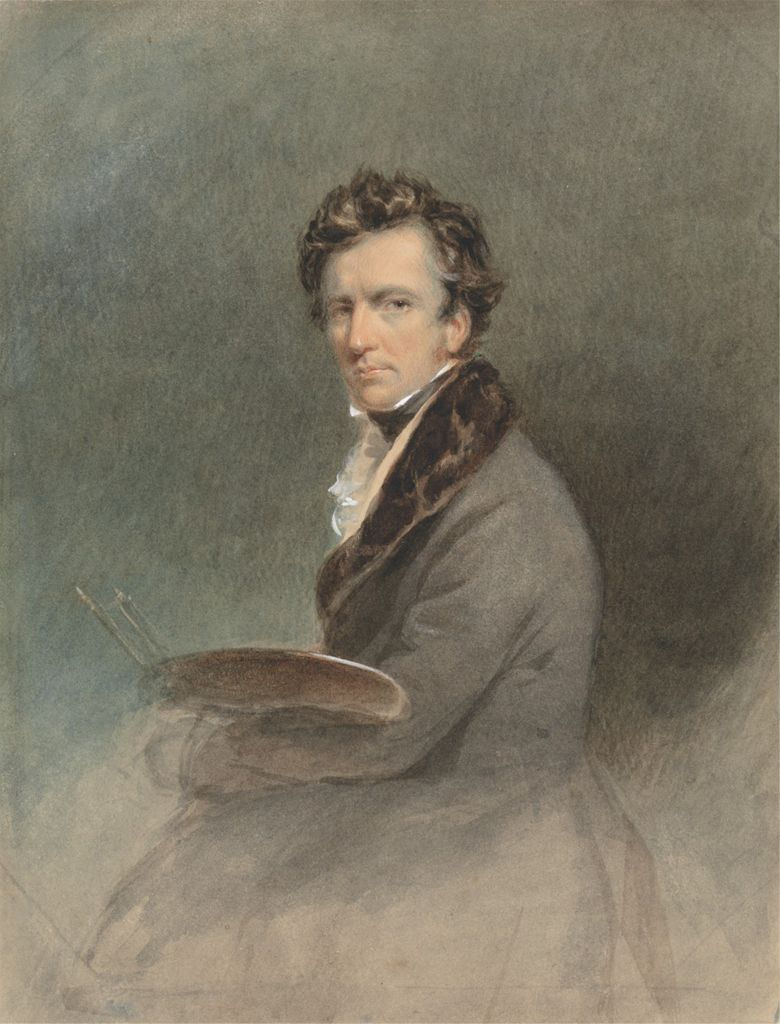A day to consider: ‘York and the Georgian City’
- yorkgeorgians
- Aug 26, 2024
- 4 min read
Updated: Nov 1
Dr Adam Bowett (YGS Committee Member) offers some intriguing insights from the conference of 18 May 2024 jointly organised by the YGS and CECS, University of York. A full account will appear in the next YGS Annual Report.

York, Walled City of Ancient Days, 1930
by Fred Taylor (1875-1963)
Science Museum Group Collection, 1978-8899
More than sixty people gathered at The King’s Manor to attend the conference on a sunny Saturday.
‘When did York become Georgian?’ Professor of Urban History, Rosemary Sweet, University of Leicester set the scene with a keynote address. Focused concern for the medieval City and walls came about because of York’s relative economic decline in the nineteenth century. Interest in Georgian York was actually muted until the late Victorian period. Taste began to shift from mock-Gothic towards the simplicity and rationality of Georgian architecture. Enthusiasm nationwide flourished after the First World War, leading to the foundation of the London-based Georgian Group in 1937 and York Georgian Society in 1939. A culmination of the 1980s was the restoration and opening of Fairfax House by the York Civic Trust. Now the YGS needs to cultivate engagement in this field for the future.

Coney Street with the Mansion House, 1795-1805
by Thomas White
Pencil, watercolour and ink on paper
Image: York Museums Trust, YORAG: R1556
Two short presentations from York postgraduate students followed: Rachel Feldberg delivered ‘Sense and Sociability: Jane Ewbank’s critical engagement with Georgian York’, and Constance Halstead spoke on ‘Different Cities, different sensibilities: the influence of social milieu on Anne Lister’s discussion of her journal’. Both papers derived from work on personal journals and letters, but focused on two very different personalities.
Jane Ewbank was the daughter of a York druggist, moderately prosperous, highly educated and a fervent abolitionist. Her desire for the most abstruse knowledge, lecture-going on every subject and her prolific scientific reading, set Ewbank apart from the stereotypical Georgian female we read about in Jane Austen’s novels.
Anne Lister’s life and lesbianism are now well known about, thanks to the television series Gentleman Jack. She was a highly intelligent and complex woman whose personality must be interpreted from her cryptic, and often very intimate, journals. Lister used her coded journal as a means of recording her inner self without fear of discovery. Meanwhile she took care to control what information be divulged to her friends and lovers.
‘Writing on the wall: graffiti, rebellion and the making of eighteenth-century Britain’ by Dr Madeleine Pelling, an independent historian, broadcaster and author, was the second keynote paper.
Graffiti’s infinitely varied nature eludes a single definition; it might be political, sexual, personal or poetic, and specifically topical, or universally applicable. A book of graffiti found in English latrines appeared in 1731: The Merry Thought: or, the Glass-Window and Bog-House Miscellany. Seemingly the Georgians found graffiti just as fascinating as we do. An example of political graffiti, abundant throughout 18th century Britain survives in Micklegate, York.

York from the Windmill without Castlegate Postern, 1695-1705
by Francis Place (1674-1728)
Pencil, watercolour and ink on paper
Image courtesy of York Museums Trust (Public Domain), YORAG: R1811
‘An archetypal Georgian city? Contradictions and conformity in eighteenth-century York’ by Dr Matt Jenkins, considered a single York street, Castlegate. Now its appearance is predominantly genteel and Georgian. Certainly the house builders were wealthy merchants and civic dignitaries. Originally the architectural character was more mixed, with medieval buildings – now long gone – amidst the then new Georgian ones. Slum clearance of the 1850s-1870s enabled the construction of Clifford Street. ‘Georgian York’, as exemplified in Castlegate today, is therefore a relatively modern construct. The typical Georgian street was instead characterized by the ‘messiness’ of a lived and evolving urban landscape.

A View of Monk Bar, York, 1805
Ink on paper
Image: York Museums Trust, YORAG: R4553
‘Manchester College, York, 1803-1840: an outpost of rational dissent in an Anglican City’ by John Mee, Professor of Eighteenth-Century Studies at York, was the final lecture. Founded in 1786, Manchester College had a progressive curriculum intended to fit its students for a fruitful civil and commercial life. Although run by Presbyterians it had an explicitly liberal, non-sectarian philosophy. The college was alone among its peers in not requiring a statement of religious faith before entry. After faring badly during the political turmoil of the 1790s, Manchester College moved to 38 Monkgate, York in 1803. Led by Charles Wellbeloved, a prominent Unitarian teacher and antiquary, the college became ‘the principal
forming ground of Priestleyism’. Students – never more than 31 at a time – studied not only religion but Greek, Latin, philosophy, history and science. However, unable to attract new members, in 1840 the college returned to Manchester. It moved to London in 1853 and finally to Oxford in 1889. Here it remains, now part of Oxford University and renamed Harris Manchester College.
An open panel discussion rounded off the day, bringing together views on the topics covered. This was followed in fine Georgian fashion by a convivial drinks reception.
A note: Images have been sourced for this article and were not those represented in the lectures.




Comments